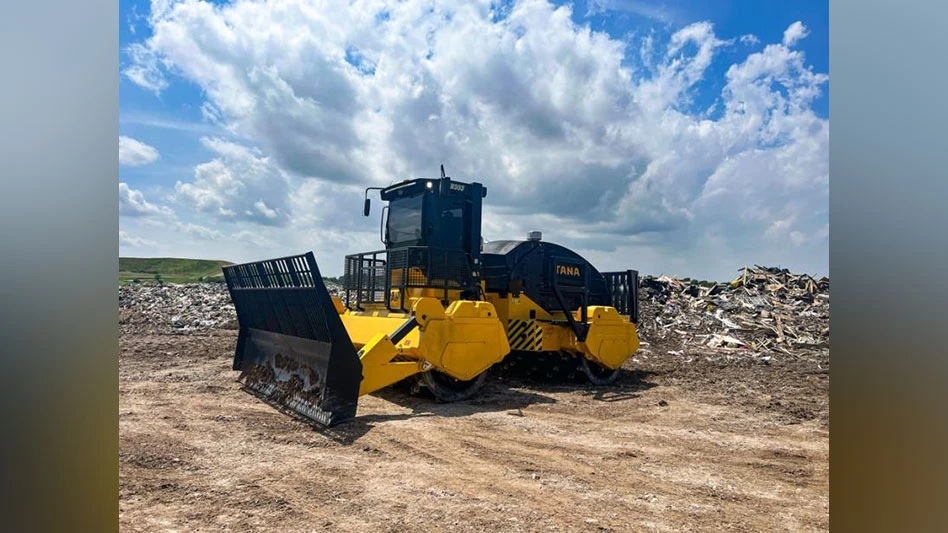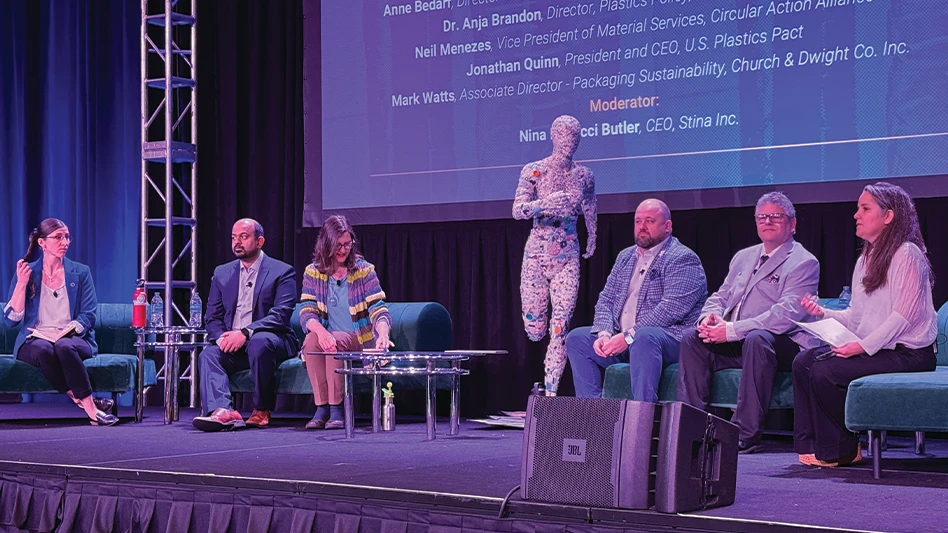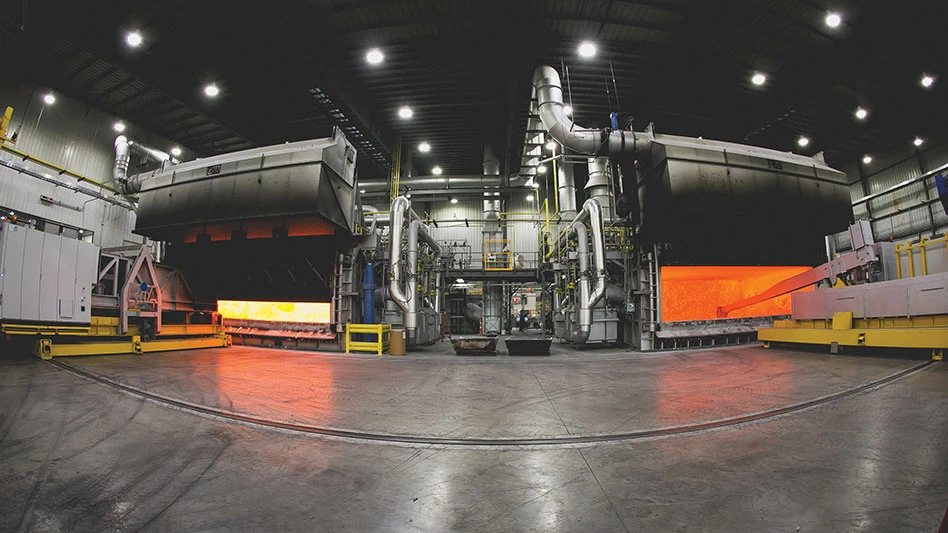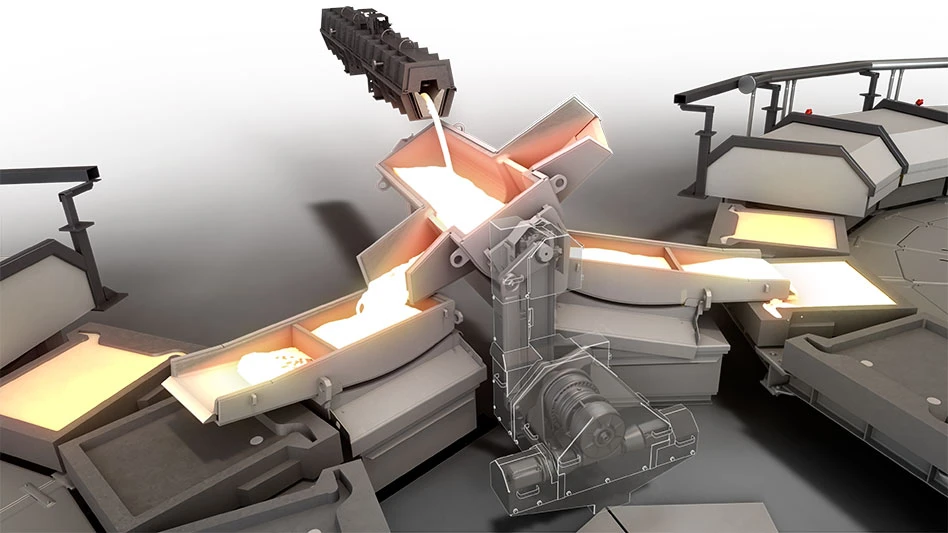
triloks | www.istockphoto.com
Leadpoint, a temporary staffing firm based in Phoenix that works exclusively with the recycling industry, says it seeks to stand out to job seekers and exceed their expectations as the company works to fill hundreds of recycling operations jobs each week.
In early-2020, Leadpoint started exploring chatbot technology, searching for a cost-effective tool that would make it easy for candidates to complete the job search, application and hiring process at each of recycling sites the company supports across the country. The company says it knew that a chatbot could help to deliver a better candidate experience.
Identify the goals
Leadpoint identified a number of goals for its chatbot:
- make the hiring process more efficient;
- create a better, more thoughtful and on-brand experience for every job seeker;
- save its recruiters time;
- improve the show-up rate for candidate interviews; and
- leverage existing information about Leadpoint’s jobs, employment value proposition, benefits and work life.
Leadpoint says it chose a Phoenix-based tech company that checked all the boxes for in terms of capabilities, partnership and ease of use.
“We implemented the chatbot in April 2020,” says Pat Hudson, vice president of customer experience. “We gave our bot a human name and pleasant online image and scripted her so she could get to work.”
A key to success, according to Leadpoint, was integrated its bot with its applicant tracking system.
The new recruiting and hiring process is designed to be slick. “Candidates come into our jobs portal from a variety of pathways, like job boards and social media,” Hudson says. “The bot answers questions and helps people move forward on the decision pathway. When candidates are ready to ‘click’ to apply, the bot connects them to the specific position they’re interested in and pushes them to the job application.”
The application is critical to Leadpoint. Once candidates get to the application, they are in the system as an employee record. That allows Leadpoint to stay in contact with the applicant throughout his or her life cycle with the company.
“Once the application is complete, the system schedules candidates for their interview, reminds them of their appointment and measures the time from apply to hired to working,” Hudson says. “These metrics are a key to understanding the customer experience and continuously improving it.”
High volume results
The initial premise of moving candidates through the application process and into scheduling was to get people to show up for their interviews. “We knew if we could get people to the interview, we could convert the best of them into employees,” Hudson says.
After just a few months with its newest technology teammate, Leadpoint says its candidate flow is more efficient, people are scheduling appointments and candidates are showing up prepared and ready for the next step in the hiring process.
Best of all, the technology is at work 24/7 and can support job seekers whenever they are ready to explore the company and take the next step.
The role of Leadpoint’s staff recruiters has shifted with the addition of its newest team member.
In recent times, Leadpoint’s staff recruiters would spend eight hours per day making phone calls to candidates and trying to book interviews, and maybe two people would show up, according to the company.
“Now, our recruiters have shifted their role from a call center to a candidate support team,” Hudson says. “They are able to monitor multiple candidates as they progress through the system, answer questions in real time and connect with knowledge of exactly where they are in the process.”
Lessons learned
The biggest lesson Leadpoint says it learned with the implementation of the chatbot was about the value of the application itself.
“We came into the process with the notion that the job application was a burden that slowed down applicant flow,” Hudson recalls. “That turned out to be a faulty assumption. When candidates are coached along the way and guided to an application that is specific to the job they’re seeking, the process is enhanced.
“And, the candidate has a better overall experience with our company and hiring process.”
Another lesson the company learned is that it’s important Leadpoint’s answers to candidates’ questions are not only accurate but on-brand, and consistent with the employee experience the company wants to deliver.
“We started with templated questions about the basics, like where are you located,” Hudson says. “We added candidate care questions as we learned what job seekers were asking and as the bot’s AI (artificial intelligence) learned about Leadpoint and our candidates.”
Advice for adding a chatbot
Leadpoint offers advice to companies looking to add chatbot technology to their websites or hiring processes:
Really understand your processes and get clear on what you’re looking to achieve.
- Be open and flexible about your processes and bring a willingness to change. “The way we’ve always done it” attitude can hinder the implementation of new technology.
- Don’t try to make a chatbot solution fit your process. Look at how you can improve your processes to maximize the technology.
- Establish targets up front on which you can measure success.
This article was submitted on behalf of Leadpoint, based in Phoenix. More information is available at www.leadpointusa.com.
Get curated news on YOUR industry.
Enter your email to receive our newsletters.
Latest from Recycling Today
- Fenix Parts acquires Assured Auto Parts
- PTR appoints new VP of independent hauler sales
- Updated: Grede to close Alabama foundry
- Leadpoint VP of recycling retires
- Study looks at potential impact of chemical recycling on global plastic pollution
- Foreign Pollution Fee Act addresses unfair trade practices of nonmarket economies
- GFL opens new MRF in Edmonton, Alberta
- MTM Critical Metals secures supply agreement with Dynamic Lifecycle Innovations






